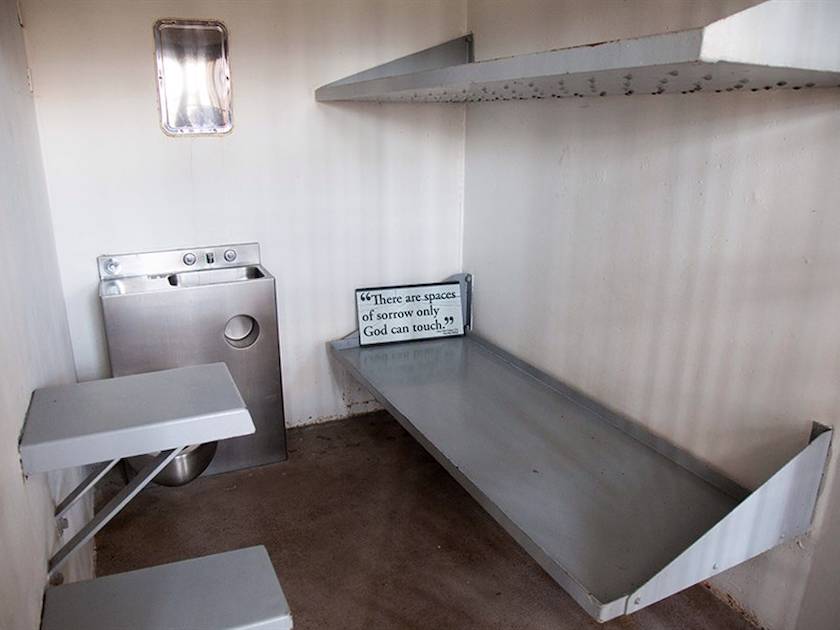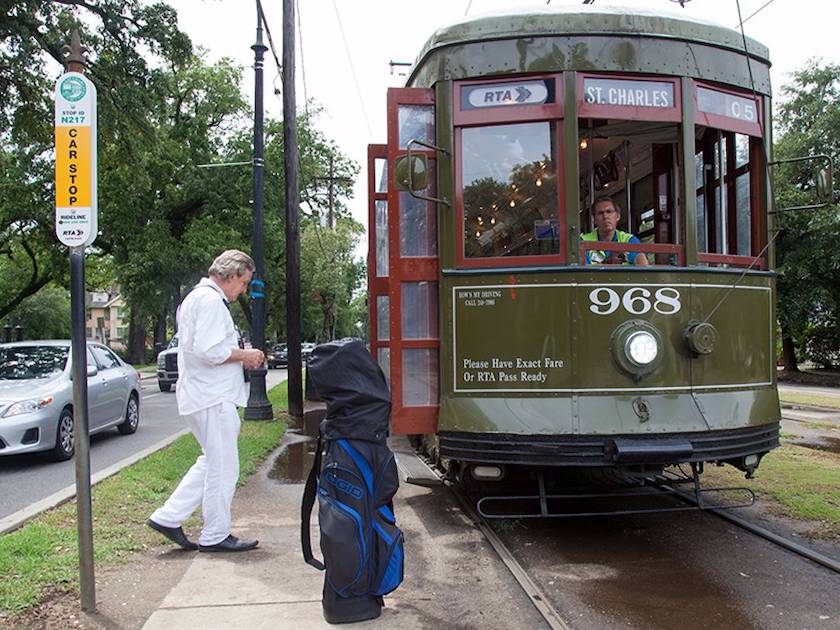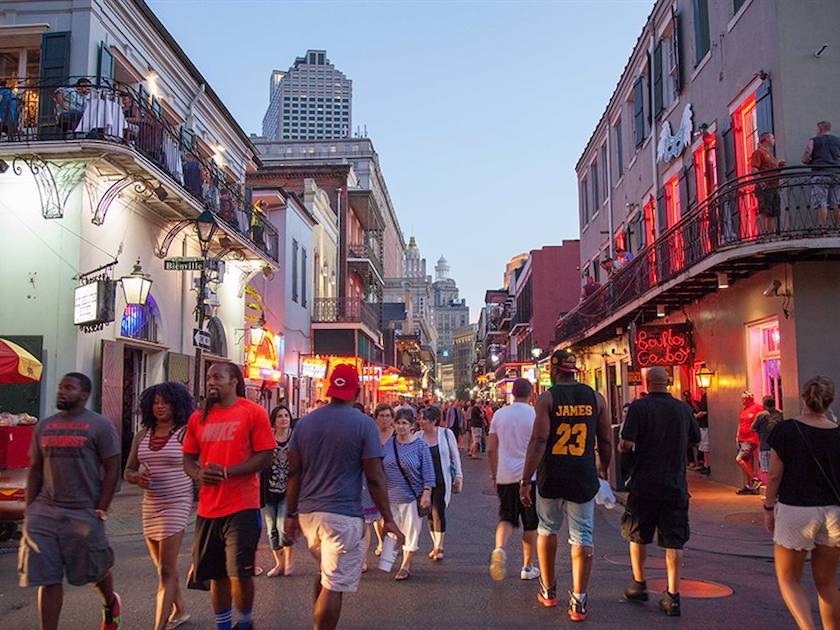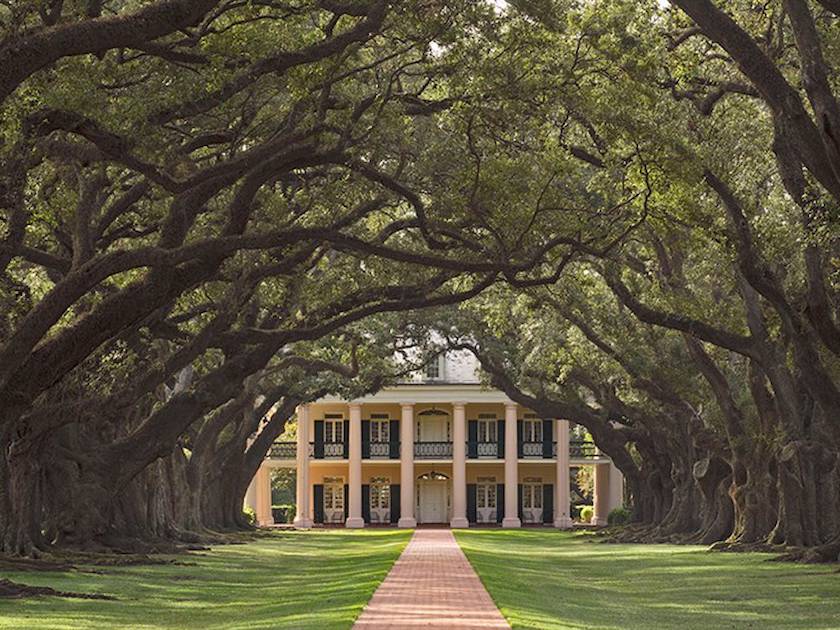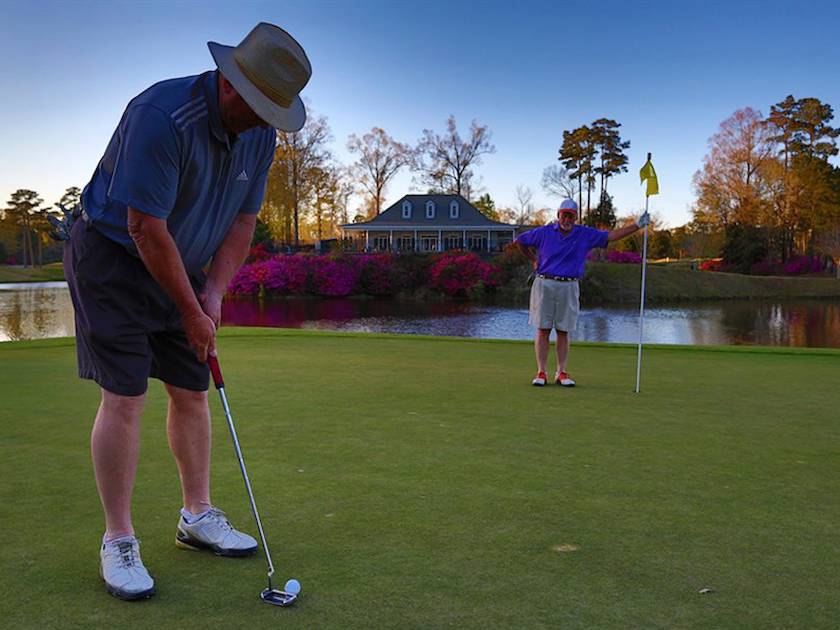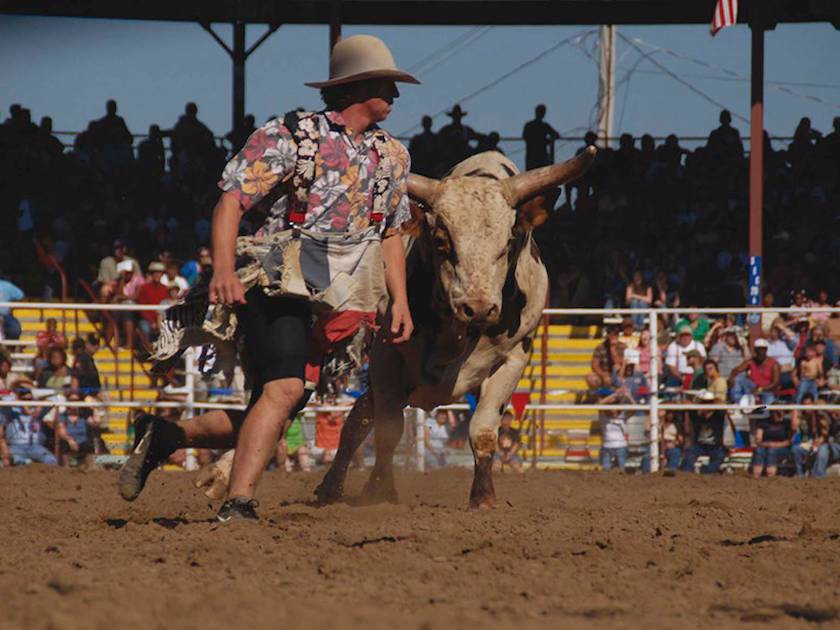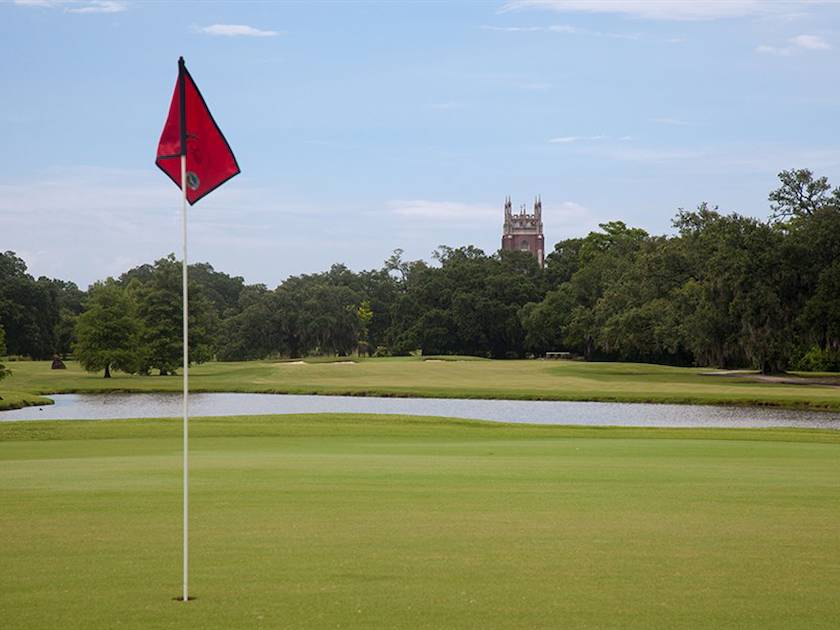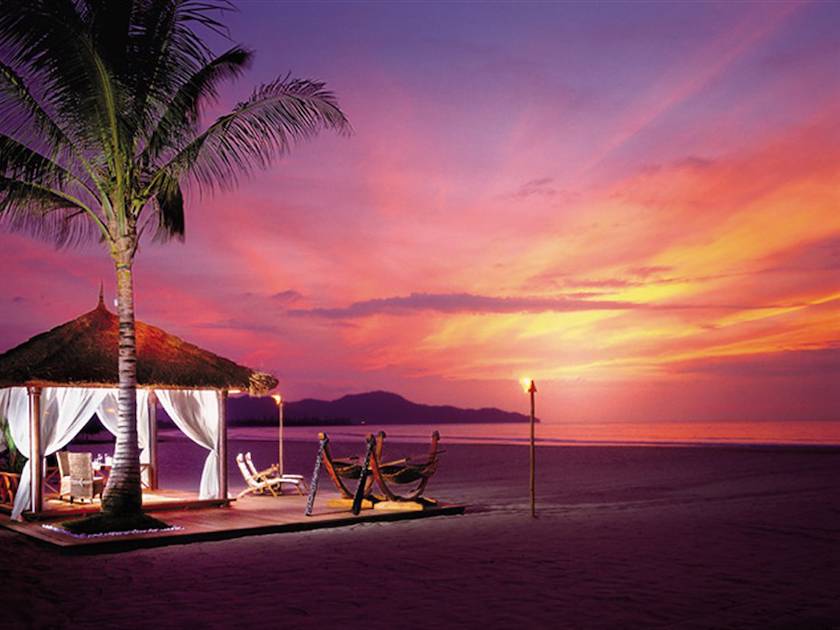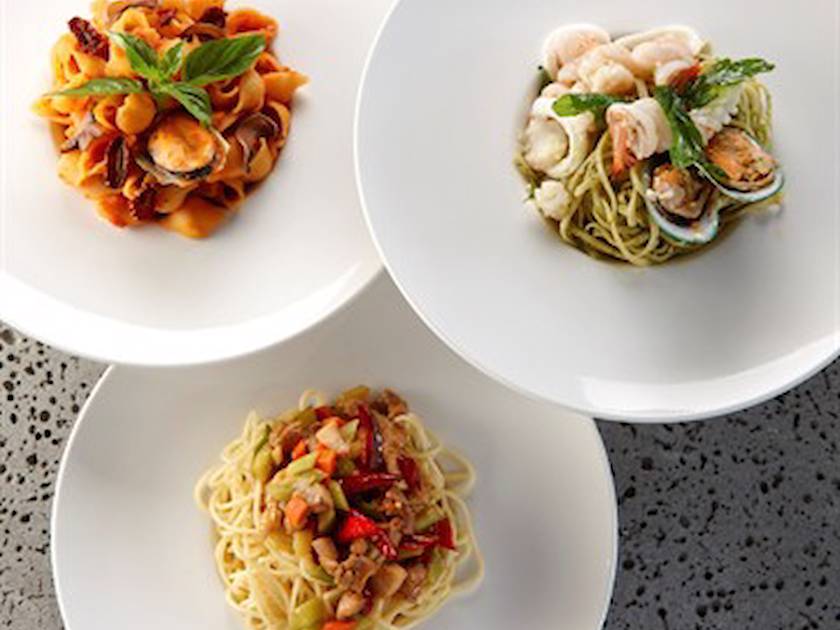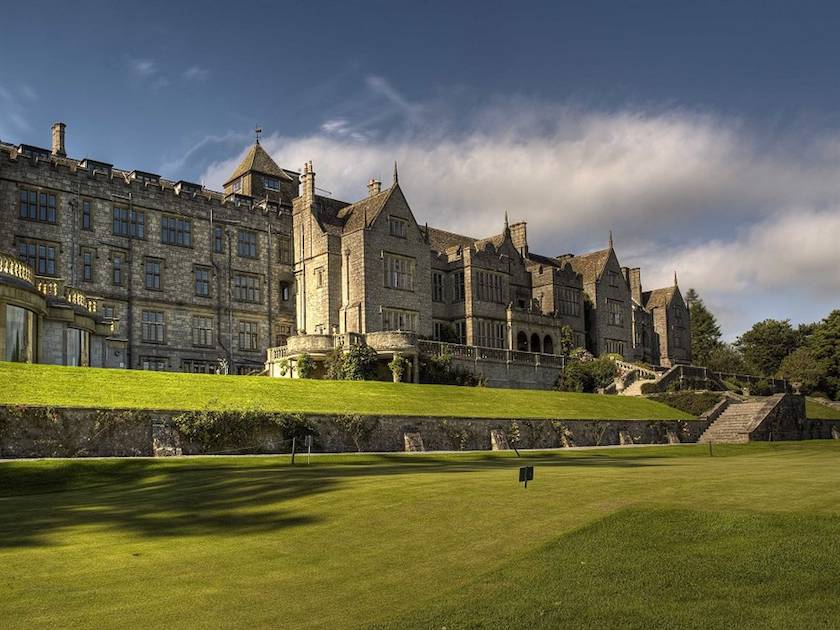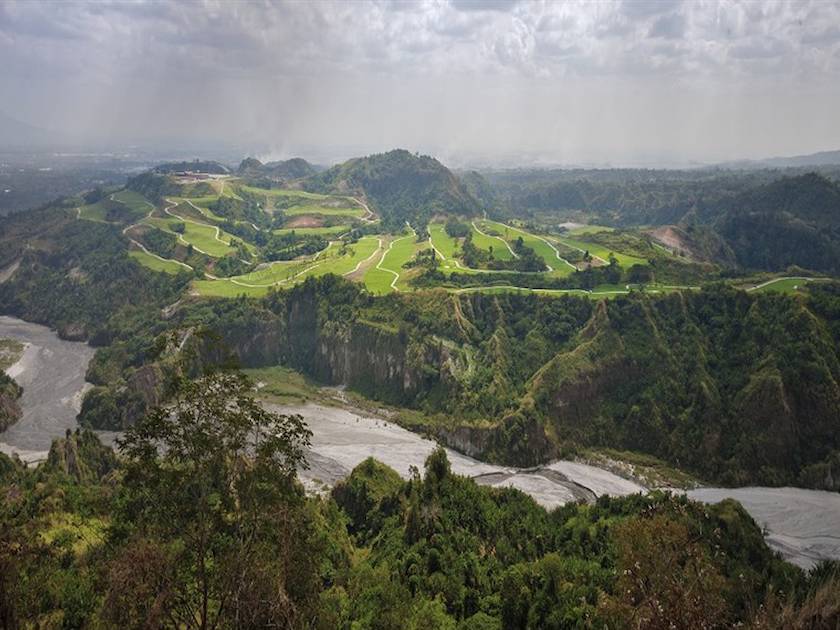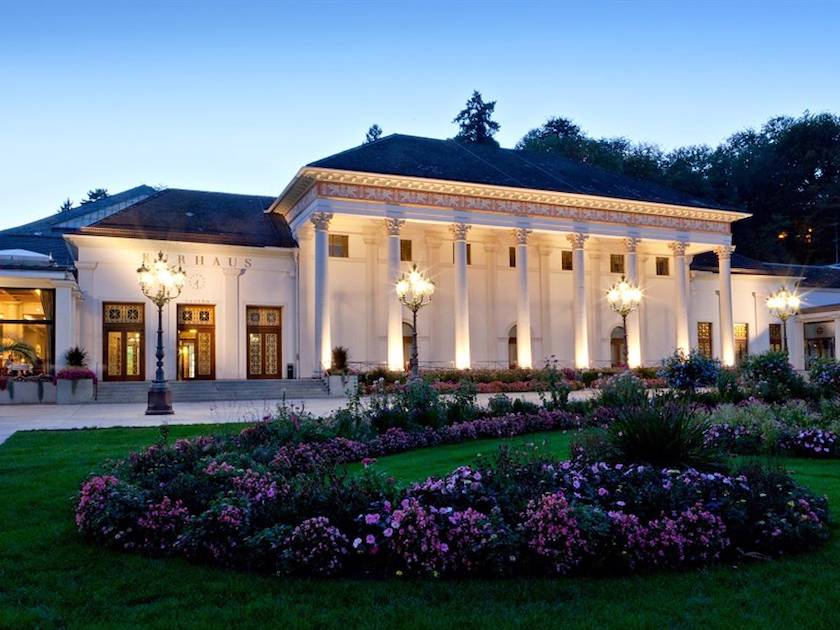Jailhouse Blues - New Orleans
Playing golf in New Orleans and upstate Louisiana can have its crunch moments and there’s one course that really does take prisoners, as Peter Ellegard reports. If only he could get behind bars…
It’s one of those times when I don’t want a get out of jail free card, I need one to get me into jail This is no Monopoly game. I was in upstate Louisiana after a few days in New Orleans and as the maximum-security Louisiana State Penitentiary was just 30 miles away, I decide to pay a visit.
Why? Because it’s a jail with a difference. Behind the imposing razor-wire fences of Angola Prison, as it is known, lies the only public golf course in the US located within a prison. America’s largest maximum-security prison, covering a former plantation as big as Manhattan, Angola has plenty of open space, not to mention lots of free labour on tap. So they built a regulation-length nine-hole golf course, constructed by volunteer inmates and guards. Opened in 2004, it was the work of avid golfer and prison dentist Dr John Ory, who drafted the design after reading the book, How to Build a Golf Course, by veteran architect Rees Jones.
Prison View Golf Course takes its name from the lofty first tee that gives grandstand views over the prison and was built for the prison staff. Inmates maintain it but cannot play. Open to the public, it’s a steal at just $10 a round (plus $5 for a buggy if you want a quick getaway…), but you have to apply for permission 48 hours in advance, for the extensive background checks needed.
Despite applying weeks ahead, my request to play Prison View is turned down. The newly-installed warden is not as keen on publicity as his predecessor whose brainchild the golf course was, it seems, and I’m told they couldn’t spare a guard to escort me while I played in any case. I’m gutted, as I had hoped to add it to the list of bizarre courses I have played. Even just teeing up next to tee box markers made from fused handcuffs would have sufficed.
STRAIGHT TO JAIL. I may be down, but I’m not out. While in nearby St Francisville I have one thought: go straight to jail, and do not pass go! On arrival, I notice a small museum building alongside the main gate so I park there and go inside. As luck would have it, some other visitors are about to have a guided tour of a now-disused block inside the prison due to open as an extension of the museum, and I’m invited to join them.
I can only imagine the dread prisoners must feel being taken into Angola Prison as our guide unlocks a gate in the first of two towering fences, topped by rolls of evil-looking razor wire, then locked it behind us so that we were penned between them before repeating the same process with the inner fence. All under the gaze of security cameras and watchtowers. For many, this would be their last taste of freedom. Almost 75% of the 5,000-plus inmates are “lifers” while more than 80 are on Death Row. Few leave alive.
Once inside, the museum volunteer gave us a fascinating insight into Angola, its place in movie history (multiple Oscar-nominated film Dead Man Walking was set and partly filmed there) and music heritage (Charles and Aaron Neville, of New Orlean’s famous family band the Neville Brothers both served time there, among others), as well as its more macabre side through exhibits including an electric chair. Most poignant of all was the corridor of Death Row cells, used until Death Row was moved to another block in 2007. Condemned prisoners would spend 23 hours a day locked in their cells, without heat in winter or air conditioning in the brutally hot summers. Never have I been more relieved to get out of a building.The prison has another unusual claim to fame. Twice a year, in April and October, it holds rodeos that are open to the public and in which inmates ride bulls and bucking broncos. The rodeos also give prisoners a chance to sell their art and craft works to the public.
CHARMING TOWN. St Francisville is a world away from Angola Prison’s stark horrors. Half an hour north of Louisiana capital Baton Rouge, this genteel little town has a feel of yesteryear with its historic district full of quaint buildings, charming B&Bs and rustic shops that include Grandmother’s Buttons, specialising in selling vintage buttons as jewellery.I stay just outside town at The Lodge at The Bluffs on Thompson Creek, playing its picturesque Arnold Palmer-designed 14 years after a previous visit there. The Bluffs is laid out over high cliffs and wooded hinterland skirting the meandering Thompson Creek. Rated one of the best public courses in Louisiana, it offers golfers challenges and elevation changes galore in a beautiful part of West Feliciana Parish that was home to artist and naturalist John James Audubon in the 1820s. Holes 11 to 13 are in an area where Audubon studied and illustrated local birds, and he painted more than 30 of the illustrations in his celebrated Birds of America book in the parish. Before leaving St Francisville, I stop off for a tour and hearty Cajun dinner at The Myrtles Plantation, one of America’s most haunted houses. It’s also a B&B, if your nerves can take a night there after hearing its ghost stories.
PLANTATION ALLEY Heading back to New Orleans, I turn off the I-10 interstate at Baton Rouge for a leisurely drive along the Great River Road, alongside the mighty Mississippi. This 100-mile stretch is known as Plantation Alley, for the number of magnificent old plantation homes dotting the riverside. Most famous of all is Oak Alley, its grand, pillared mansion standing at the end of an avenue of giant live oaks dripping in Spanish moss. Nottoway Plantation, dating back to the 1850s, is the South’s largest antebellum mansion and is now a luxury boutique resort. I stayed there on a previous visit and as I surveyed Old Man River from my rotunda rocking chair, I could imagine the lives of luxury and privilege enjoyed by the sugar cane barons and their families. By contrast, a tour of Laura Plantation highlights the lives of the slaves who toiled there. The slave cabins were where traditional West African stories that later became the Brer Rabbit tales were told from the 1840s.
NEW ORLEANS has always been one of my favourite American cities. I have been several times, although not since Hurricane Katrina struck in 2005. It has not just recovered from the devastation of that, the Big Easy seems more vibrant and full of energy than ever before. Its heart and soul is the French Quarter, the city’s oldest neighbourhood that spans 13 blocks between main thoroughfare Canal Street and Esplanade Avenue and for up to nine blocks from the Mississippi. I stay a few steps from the quarter at the chic, boutique International House Hotel – once the first world trade centre and now elegance personified from its high-ceilinged Beaux Arts lobby to its opulent rooms.
STRIP CLUBS & JAZZ. Bourbon Street is the vivacious hub of the French Quarter. Lined by bars and shady strip clubs, it is packed with tourists and street entertainers at night. Watch out for missiles; strings of coloured beads, as thrown from floats during Mardi Gras, hurtle down on the unsuspecting from first-floor bar balconies – painful if you get a direct hit. Escape the melee for a traditional Creole dinner at fine-dining restaurant Arnaud’s (the turtle soup is a must-try), just a few paces from Bourbon Street, or at its more casual and family-friendly sister establishment, Remoulade, on Bourbon. Then take in traditional jazz at legendary venues Maison Bourbon or Preservation Hall. After all, New Orleans is the birthplace of jazz.
For a more authentic nightlife experience than Bourbon’s excesses, stroll along Frenchmen Street to take in its live music clubs, bars, cafes and restaurants. It also has an outdoor art market that stays open until 1am most nights. Local foods to try in the city include crawfish etouffee, sausage gumbo and po’ boy sandwiches. Not forgetting coffee and beignets at New Orleans institution Café du Monde. You’ll even find people tucking into them at 5am!
VOODO HERITAGE. By day, visit New Orleans’ eerie “cities of the dead” cemeteries with their tombs built above ground because of the high water table, take a swamp and bayou tour, discover the city’s mystical voodoo heritage, explore the French Quarter’s architecture and history on a walking tour that includes Jackson Square, the St Louis Cathedral and nearby French Market, and take a streetcar ride past the graceful homes of its Garden District or along the Mississippi riverfront.You can also play golf, in the heart of New Orleans. The new Bayou Oaks championship 18-hole course has opened in sprawling City Park, replacing two courses destroyed by Katrina and joining the North Course, which survived the flooding. I choose to play the Audubon Park Golf Course. Just 25 minutes from downtown, it’s a short par 62 layout but it is a real beauty, set among majestic live oak trees in the city’s pretty Audubon Park, across the street from Audubon Zoo. True to its name, the course has been awarded Silver Signature Sanctuary status by Audubon International in recognition of its sustainable management.The course was once the site of the 1898 World’s Fair. The main building covered what are now holes four to nine. Four lakes add spice to the layout, although when I play it’s the water coming from the heavens that’s the issue. Partnering a couple of locals – without waterproofs as it’s the middle of June and steamy – I ignore the distant lightning as the rain steadily gets heavier. But when it starts coming down like stair rods and mini lakes appear in fairways it’s time to quit.
A STREETCAR TO GOLF. After lunch with my new best friends they suggest taking a streetcar back downtown and give me a lift to the nearest stop. If waiting in the middle of a street with my golf clubs is surreal, sitting in the front of the streetcar in sopping wet golf clothes while holding my clubs must look very odd. Yet no one bats an eyelid. Indeed, my fellow passengers are more interested in my English accent. And when a group of revellers en route to a party step aboard wearing blue wigs and colourful costumes, the whole streetcar becomes one big, happy family. Even walking down Canal Street to my hotel with my clubs barely raises an eyebrow.
Before heading to the airport there’s time for a round at TPC Louisiana, part of the Audubon Golf Trail and a member of the Audubon Cooperative Sanctuary programme. Host to the PGA Tour’s Zurich Classic event, it’s a challenging Pete Dye stunner laid out over 250 acres of Mississippi delta wetlands that serves up plenty of crunch moments, with many shots over or alongside water to test your mettle.One particular crunch moment stands out. As one of my playing partners lines up a putt on the par-3 9th green, he is interrupted by a loud and very close cracking sound, followed by several more. Spinning round, I spot the culprit – a turtle is being chomped by a huge alligator that has hauled itself onto the bank between our green and the adjacent 18th green. Thank god I hadn’t tried retrieving my wayward first tee shot from the lake or I might have been lunch instead!Playing the signature par-5 18th, I keep my distance from the water edging the hole all down the right and maintain a wary eye out for the gator as we reach the green. I’m pretty sure it wouldn’t take any prisoners…
GETTING THERE / GETTING AROUND
Fly directly from London Heathrow to New Orleans’ Louis Armstrong Airport on the new non-stop British Airways (www.ba.com) service, starting March 27. Rental cars from all the major hire car companies are available at the airport. Use streetcars to get around New Orleans.
WHERE TO PLAY
Prison View Golf Course, Louisiana State Penitentiary www.prisonviewgolf.com
The Bluffs on Thompson Creek, St Francisville www.thebluffs.com
Audubon Park Golf Course, New Orleans http://audubonnatureinstitute.org/golf
TPC Louisiana, New Orleans https://tpc.com/louisiana
WHERE TO STAY
The Lodge at The Bluffs, St Francisville www.bluffslodging.com
International House Hotel, New Orleans www.ihhotel.com
Nottoway Plantation & Resort www.nottoway.com
WHAT TO DO
Angola Prison Museum www.angolamuseum.org
Angola Rodeo, Louisiana State Penitentiary www.angolarodeo.com
New Orleans French Quarter www.frenchquarter.com
Audubon Zoo http://audubonnatureinstitute.org
New Orleans plantations http://neworleansplantationcountry.com/plantations
TOURIST INFORMATION
City of New Orleans www.neworleansonline.com
Louisiana Office of Tourism www.louisianatravel.com
St Franciscville www.stfrancisville.net
http://neworleansplantationcountry.com/plantations

